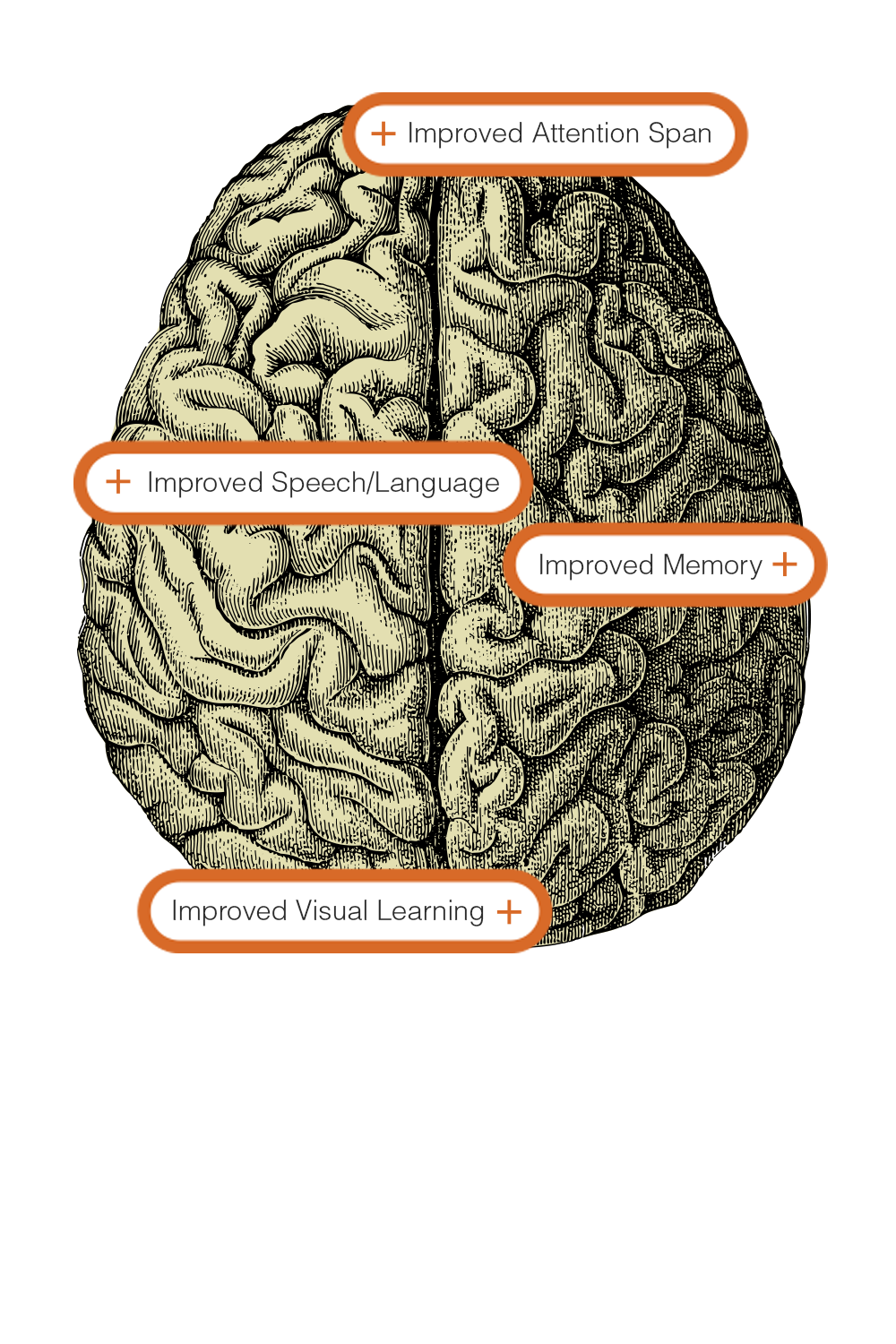Revealing the Connection Among qEEG and Slumber Apnea Patterns for Enhanced Diagnosis and Therapy
Revealing the Connection Among qEEG and Slumber Apnea Patterns for Enhanced Diagnosis and Therapy
Blog Article
Sleep hypopnea is a prevalent slumber condition that impacts many people throughout the world. It occurs when a person's respiration is disrupted during slumber, leading to poor sleep standards and various health issues. One of the methods researchers and doctors are endeavoring to better comprehend and diagnose sleep apnea is through a technique called quantitative electroencephalography, or qEEG. This method measures the electrical function of the brain and can offer important understandings into how sleep apnea affects cerebral activity and overall health.
qEEG involves positioning small electrodes on the scalp to capture brain waves. These brain oscillations are then examined to identify patterns that may indicate sleep conditions, including sleep apnea. By analyzing these trends, healthcare providers can gain a clearer understanding of how sleep apnea disrupts normal cerebral function during slumber. This data can be crucial for developing effective therapeutic strategies customized to individual patients. Understanding the connection between qEEG and sleep apnea can result to enhanced identification methods and better outcomes for those impacted by this condition.
Research has shown that people with sleep apnea often exhibit distinct alterations in their cerebral oscillation patterns. For instance, during episodes of apnea, the brain may exhibit increased function in specific areas while other regions become more active. These changes can affect how effectively a individual slumbers and how rested they feel upon waking. By employing qEEG to track these cerebral wave patterns, doctors can recognize specific traits of sleep apnea in patients, which can assist in making a more precise identification. This is particularly crucial because sleep apnea can sometimes be mistaken for alternative sleep conditions, leading to inappropriate therapies.
In furthermore to enhancing diagnosis, qEEG can also play a role in evaluating the effectiveness of treatments for sleep apnea. For instance, after a client starts employing a constant beneficial airway pressure (CPAP) device, which helps keep the airway open during sleep, qEEG can be used to assess changes a great post in brain activity. If the brain shows improved patterns of sleep after initiating treatment, it may indicate that the therapy is working well. This feedback can assist physicians formulate required modifications to treatment strategies, ensuring that patients receive the best treatment possible.
Overall, the relationship between qEEG and sleep apnea patterns is an exciting area of research that holds promise for enhancing diagnosis and treatment. By comprehending how sleep apnea impacts cerebral function, medical professionals can formulate more effective strategies to help patients achieve better sleep and enhance their general well-being. As studies progresses to advance, it is probable that qEEG will become an essential tool in the fight against sleep apnea, resulting to superior results for those who experience from this challenging condition.